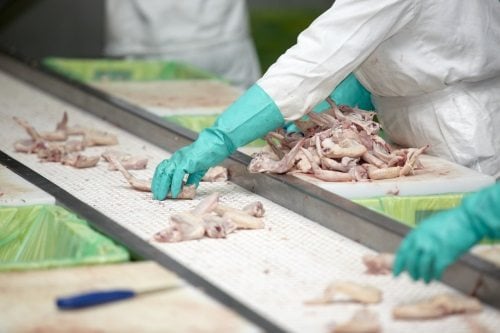Campylobacter is to blame for more than 4,600 foodborne infections in Denmark.
It remains the most common cause of foodborne disease, according to the annual report for 2016 on the incidence of diseases that can be transmitted from animals and food to humans.
The report was prepared by the National Food Institute, Technical University of Denmark, in cooperation with Statens Serum Institut – the national institute of public health – and the Danish Veterinary and Food Administration.
Researchers, government agencies and industry are considering initiatives that can lead to the bacteria making fewer Danes fall ill.
Accounting for more than 4,677 registered cases of illness in 2016, campylobacter continues to be the leading cause of foodborne infections in Denmark.
This represents an increase of more than 7% from 2015. However, the increase may be due to the fact that more sensitive diagnostic methods are being used.
In 2016, four times as many Danes fell ill with a campylobacter infection than a salmonella infection.
Salmonella often an unwanted souvenir
In 2016 a total of 1,074 salmonella infections have been reported among Danes.
As in previous years, travel abroad is the main cause associated with these infections.
More than half of the infections (55%) are travel-related, and people most often bring the infection back from Thailand (19%), Turkey (13%) and Spain (5%).
The report’s salmonella source account estimates which sources have caused salmonella infection in Danes.
Of the 1,074 infections, domestically produced pork is estimated to be the food source, which is the main cause of infections in 2016.
A total of 6% of all cases are estimated to be caused by Danish pork, closely followed by imported chicken and pork (4% and 3.7% respectively).
“In Europe we have an alarm system, where we warn each other if we discover an outbreak of disease or suspect that a particular food is making people ill,” epidemiologist Luise Müller from Statens Serum Institut explains.
“Because foodborne disease outbreaks know no borders, and foods are produced and sold to many countries at the same time, international cooperation is important if we are to find the sources of infection and stop outbreaks in time.”










